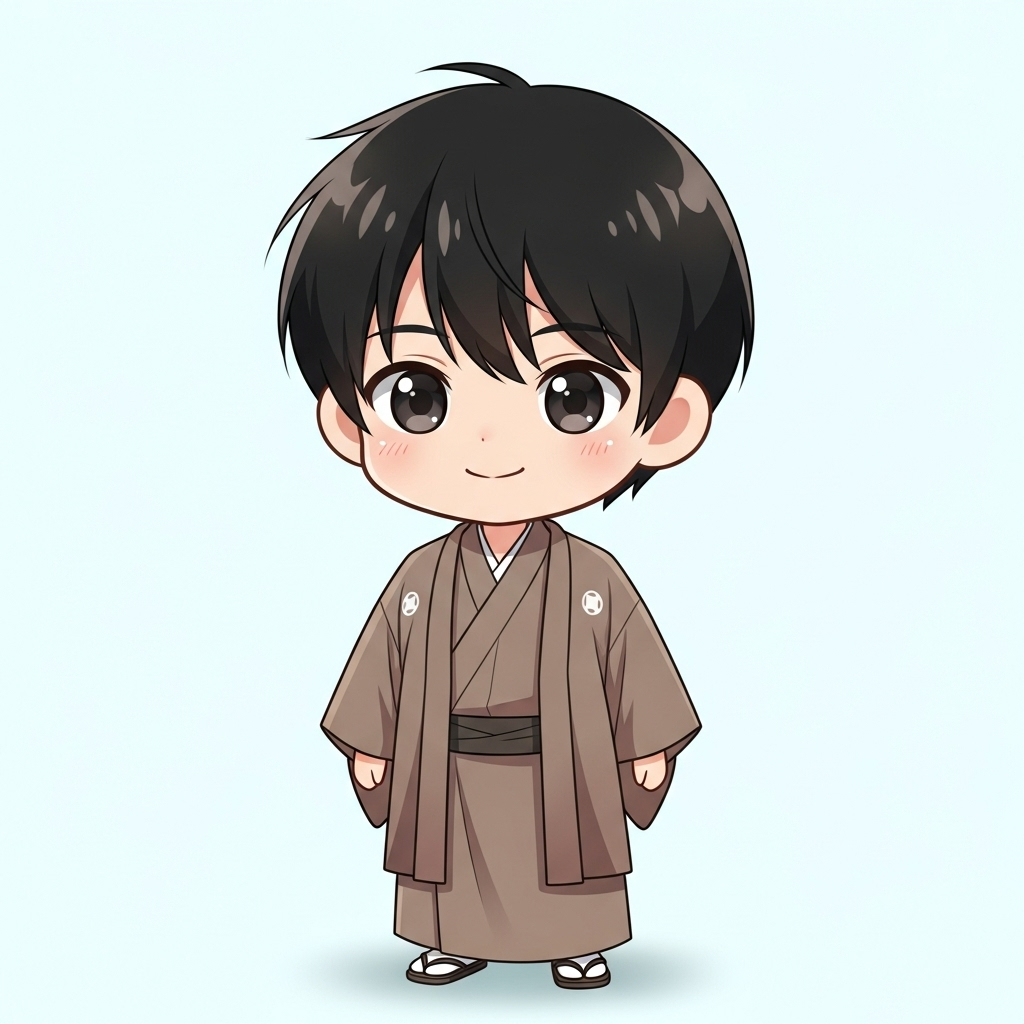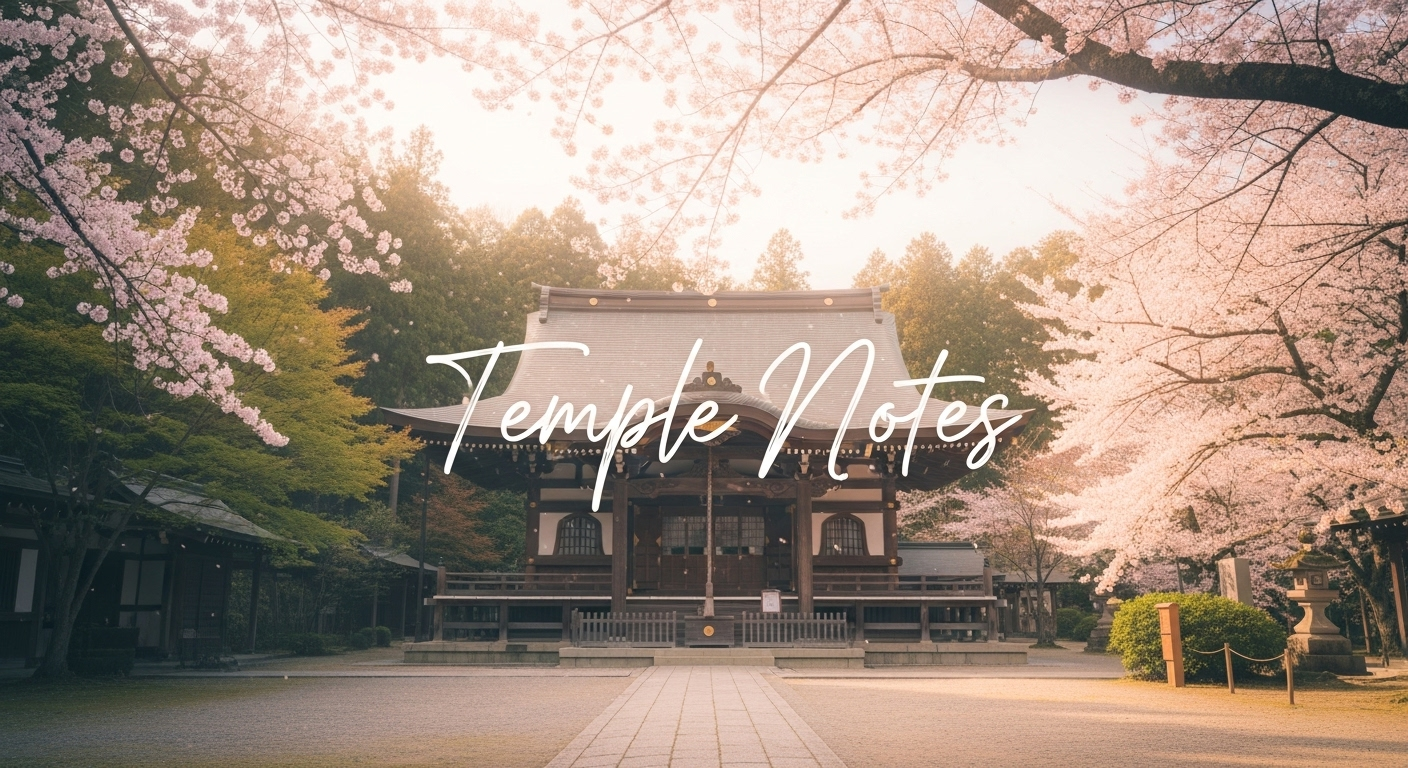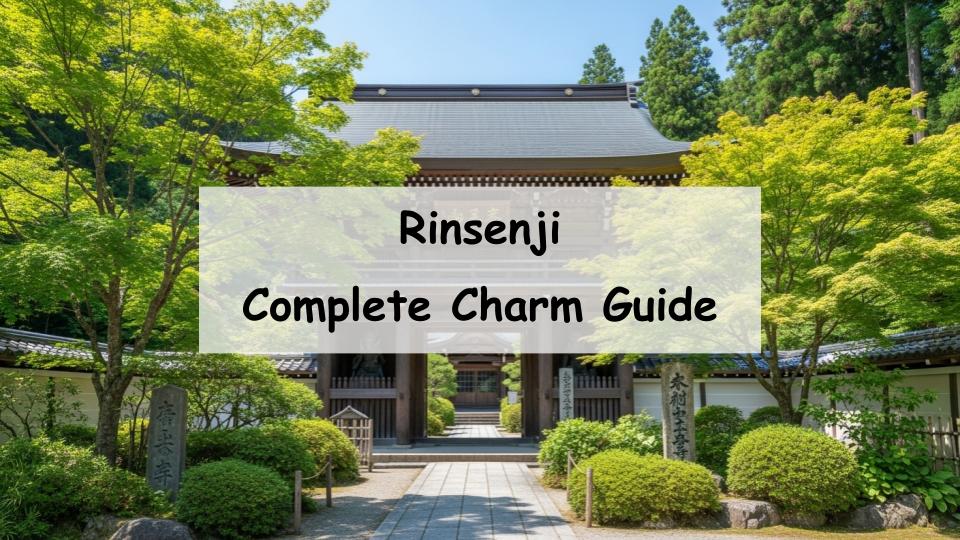If you’re interested in visiting a historic temple but wondering, “What kind of place is Rinsen-ji?” or “What should I know about its highlights and how to get there?”, you’re not alone. The truth is, Rinsen-ji is a temple surrounded by rich nature where you can fully experience history and culture. In this article, we’ll explore its unique features, must-see highlights, access information, and tips for enjoying your visit. With these insights, you’ll be able to make the most of your trip to Rinsen-ji—so read on!
Basic Information about Rinsen-ji
What Kind of Temple is Rinsen-ji?
Rinsen-ji is a Soto Zen temple located in Joetsu City, Niigata Prefecture. Its mountain name is Kasugayama. According to historical records, it was founded in 1497 (Meiō 6). It has long been deeply tied to the local history and culture.
The History of Rinsen-ji in Joetsu, Niigata
Rinsen-ji began as the family temple of the Nagao clan and later became strongly associated with the Uesugi clan, particularly Uesugi Kenshin. Despite damage and decline over centuries, it was restored during the Edo period and continues to preserve significant historical architecture and artifacts.
Founding and Connection to Uesugi Kenshin
The temple was founded by Nagao Tamekage. His son, Nagao Kagetora—later known as Uesugi Kenshin—was educated at Rinsen-ji as a child. This makes the temple a place of great importance for history enthusiasts interested in Kenshin’s life and legacy.
The Charm and Features of Rinsen-ji
Highlights of the Temple Grounds
The temple grounds include the Somon (main gate), Sanmon, the Main Hall, the cemetery, and the treasure hall. Walking through these areas allows visitors to sense the atmosphere of centuries past.
Uesugi Kenshin’s Grave Site
Within the grounds lies the grave site and memorials associated with Uesugi Kenshin. It is a spot where visitors can reflect on the Sengoku period and its legendary warlord.
The Architectural Beauty of the Sanmon and Main Hall
The Somon gate, said to have been relocated from Kasugayama Castle, is designated as a cultural property of Joetsu City. The Sanmon and Main Hall, rebuilt and restored over time, are admired for their elegant architecture.
The Treasure Hall with Historical Artifacts
The Treasure Hall houses various cultural assets, including calligraphy, statues, and documents tied to the temple’s history. The exhibits may change, so it is best to check ahead for current displays.
Seasonal Beauty: Cherry Blossoms and Autumn Leaves
Rinsen-ji offers stunning seasonal views. In spring, cherry blossoms frame the temple structures, while in autumn, the vivid colors of the maple trees create a picturesque setting. These natural changes make multiple visits rewarding throughout the year.
The Cultural Significance of Rinsen-ji
The Relationship between the Uesugi Clan and Rinsen-ji
As the family temple of the Nagao and later the Uesugi clan, Rinsen-ji played a central role in the spiritual and cultural life of the region. It remains a symbol of their legacy in Niigata.
Why It Appeals to History Enthusiasts
Rinsen-ji’s historical artifacts, architecture, and Kenshin-related legends attract history fans from all over Japan. Being able to walk through the very gates and grounds connected to Sengoku history is a unique experience.
Faith and Tradition in the Local Community
More than just a tourist attraction, Rinsen-ji is still an active place of worship. Local events and seasonal rituals keep the temple closely tied to community life and traditions.
Access Information for Rinsen-ji
Getting There by Train
The nearest station is Kasugayama Station on the Echigo Tokimeki Railway. From there, it takes around 20–25 minutes on foot to reach the temple. Visitors using public transport should plan routes and schedules in advance.
By Car and Parking Information
If you are driving, the temple is about 15 minutes from the Joetsu Interchange. Free parking is available on the grounds, including spaces for both cars and buses, making it convenient for individuals and tour groups.
Combining Sightseeing Routes
Rinsen-ji is located near the historic Kasugayama Castle ruins, making it easy to combine both sites in a half-day itinerary. Adding Joetsu’s museums and local cuisine creates a full day of exploration.
Tips for Visiting Rinsen-ji
Opening Hours and Admission
Rinsen-ji is open from 10:00 a.m. to 4:00 p.m. (last admission at 3:30 p.m.). Admission is 500 yen for adults (high school students and above) and 250 yen for elementary and middle school students. Discounts are available for groups, so check official sources for up-to-date details.
Etiquette and Important Notes
As an active religious site, visitors should show respect by speaking quietly and refraining from touching exhibits or entering restricted areas. Eating, drinking, and loud behavior should be avoided within the grounds.
Photography Rules
Photography is generally allowed outdoors, but restrictions often apply inside the halls and treasure museum. Always follow the posted signs and staff instructions regarding photography.
Recommended Spots Around Rinsen-ji
Visit Together with Kasugayama Castle Ruins
Located nearby, the ruins of Kasugayama Castle offer panoramic views of the Joetsu region and the Sea of Japan. Visiting Rinsen-ji and Kasugayama Castle in one trip gives a deeper insight into Uesugi Kenshin’s life.
Local Cuisine in Joetsu City
After exploring the temple, Joetsu’s coastal location makes it perfect for enjoying fresh seafood and traditional Niigata cuisine. Dining in local restaurants adds flavor to the cultural experience.
Convenient Accommodation Options
For overnight stays, the Joetsu city center and Naoetsu Station area are convenient. These hubs provide easy access to Rinsen-ji by car or public transport, making them ideal bases for sightseeing.
Conclusion: Enjoy History and Nature at Rinsen-ji
Key Takeaways
Rinsen-ji is a Soto Zen temple in Joetsu, Niigata, with strong ties to Uesugi Kenshin. Its highlights include the Somon gate, Kenshin’s grave site, and the Treasure Hall. Access is straightforward, either by train from Kasugayama Station or by car from Joetsu IC.
Suggested First-Time Itinerary
For first-time visitors, a half-day course is ideal: begin with a morning walk at Kasugayama Castle ruins, then explore Rinsen-ji and its Treasure Hall before lunch in Joetsu. In the afternoon, continue exploring the city’s history and cuisine.
Rinsen-ji is a serene site where history, culture, and nature coexist. Be sure to confirm opening times and current exhibitions before your visit, and enjoy your journey into the world of Uesugi Kenshin and Joetsu’s heritage.
A Message from the Guide

Near the Kasugayama Castle ruins, you can find the Bishamondo Hall, where it is said that Uesugi Kenshin prayed before going into battle. History enthusiasts will especially enjoy visiting it together with Rinsen-ji.






Comment